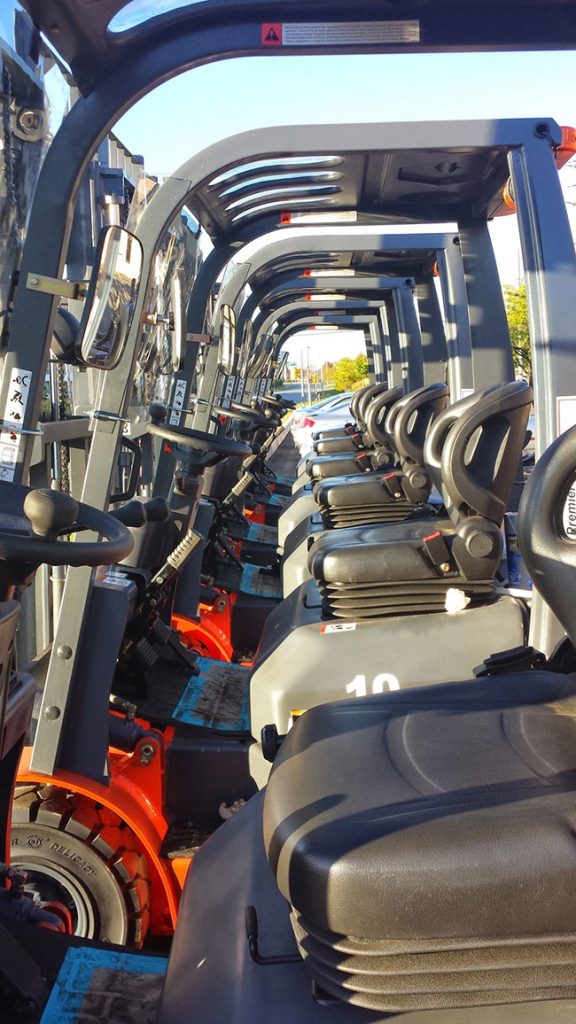
Features
Handling Systems
Structures & Equipment
Material Handling ABCs
Guide to Selecting a Forklift and Lift Equipment Service Provider.
June 9, 2015 By Jim Chesla
 Take your time in shopping for new equipment … and ask plenty of questions.
Take your time in shopping for new equipment … and ask plenty of questions. It’s not always easy to weigh the benefits of one company over the other when they all say the same thing online. So before you decide on a forklift service provider, you ought to visit their facilities and make a qualified decision from first-hand, eyewitness experience.
The service provider’s capabilities will reveal themselves through product knowledge, people and infrastructure. It’s on you, the company that owns the fleet of forklifts and lift trucks, to make an informed decision. Here is a list of some of the questions to ask.
- What is the value of their parts inventory on hand?
- Was their parts inventory organized, and did it look current?
- Do they have a formal computer system and database to track the service history of each piece of your equipment?
- What are the company’s capabilities, i.e., how many mechanics, how many tools, how much equipment?
- Do they have the proper diagnostic tools and software to properly and efficiently analyze today’s EPA fuel systems and electronic controllers?
- Do they maintain service records on your trucks that would allow them to prepare their mechanics before the units reach their facility?
- Do they have mobile service trucks, and are they stocked with parts?
- How do they transport equipment for repairs, and how will that effect down-time?
- Do they offer special rate rentals while your equipment is down?
- Can they provide you with fleet cost analysis?
- Do they track your OHSA / safety certification requirements?
- Do they track your OHSA operator training requirements?
- Do they offer forklift training?
- How long have they been in business?
- How do they support their local community?
- Do they have references?
As you can see, any one of these deficiencies will result in inefficiencies that put the actual cost of your long-term service requirements much higher. For instance, if the service provider does not have the proper diagnostic software for today’s EPA certified engines or electronic control systems, they cannot properly diagnose problems in a timely manner.
Some of these problems may even shut your truck down until the code is cleared – there could be hundreds of reasons why that error code occurred. Longer diagnostic times may result in what should have been a 15-minute diagnostic taking hours – costing you more downtime.
Quality equipment and current tools allow the technician to maximize efficiency. An infrastructure supporting the technician is also important – providing competent data to both the mechanic and the customer.
A lower rate provider is more likely to provide your equipment with temporary solutions through repeat service calls – increasing your downtime – while the mid-higher rate providers are more likely to have the tools and systems in place to work more efficiently, saving you money over the long run.
Proper infrastructure at your service provider is necessary to keep your forklift fleet running optimally. You spent a lot of money on your forklifts – don’t look for savings in a service provider who can’t offer you the full range of services you deserve.
Jim Chesla is vice-president of business and product development, and Michael Poeltl is the marketing and dealer development specialist at Stärke Material Handling Group.
Print this page